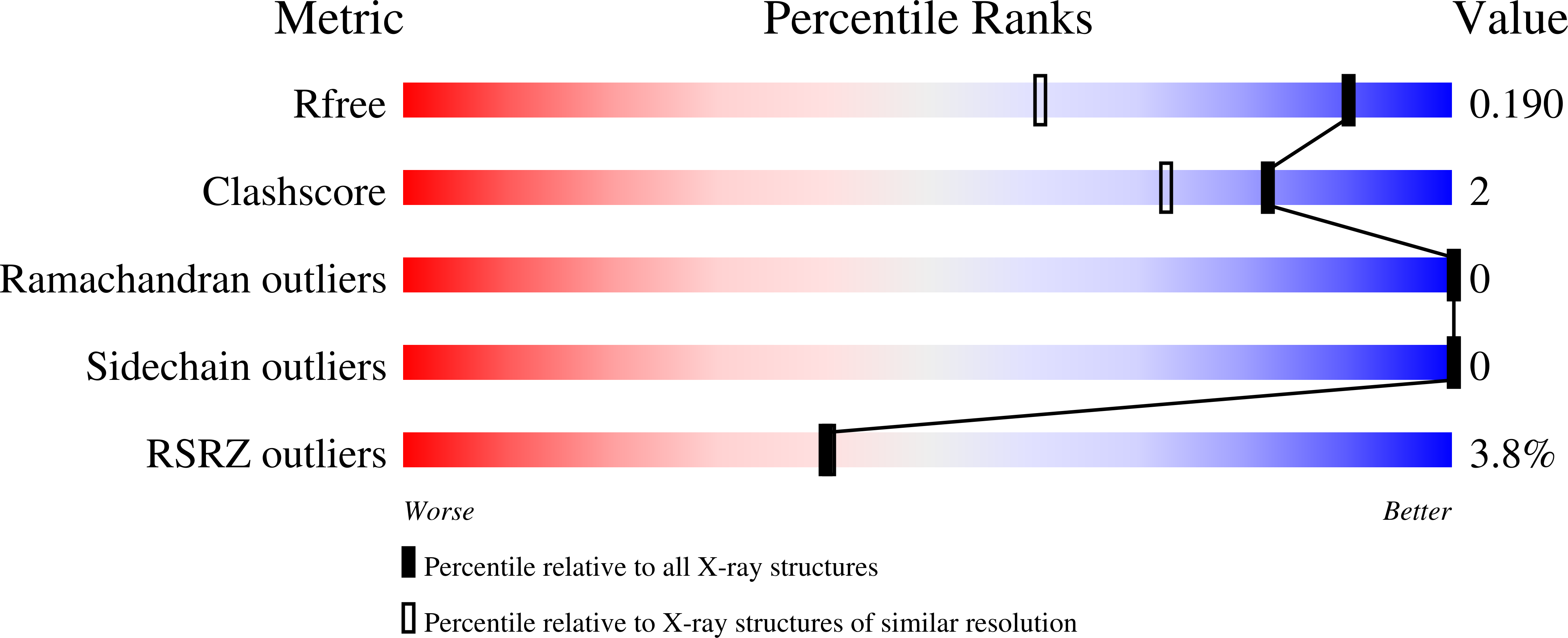
Deposition Date
2021-01-05
Release Date
2021-06-16
Last Version Date
2024-11-06
Entry Detail
PDB ID:
7BG3
Keywords:
Title:
14-3-3 sigma with Pin1 binding site pS72 and covalently bound PC2046
Biological Source:
Source Organism:
Homo sapiens (Taxon ID: 9606)
Host Organism:
Method Details:
Experimental Method:
Resolution:
1.40 Å
R-Value Free:
0.18
R-Value Work:
0.17
R-Value Observed:
0.17
Space Group:
C 2 2 21


